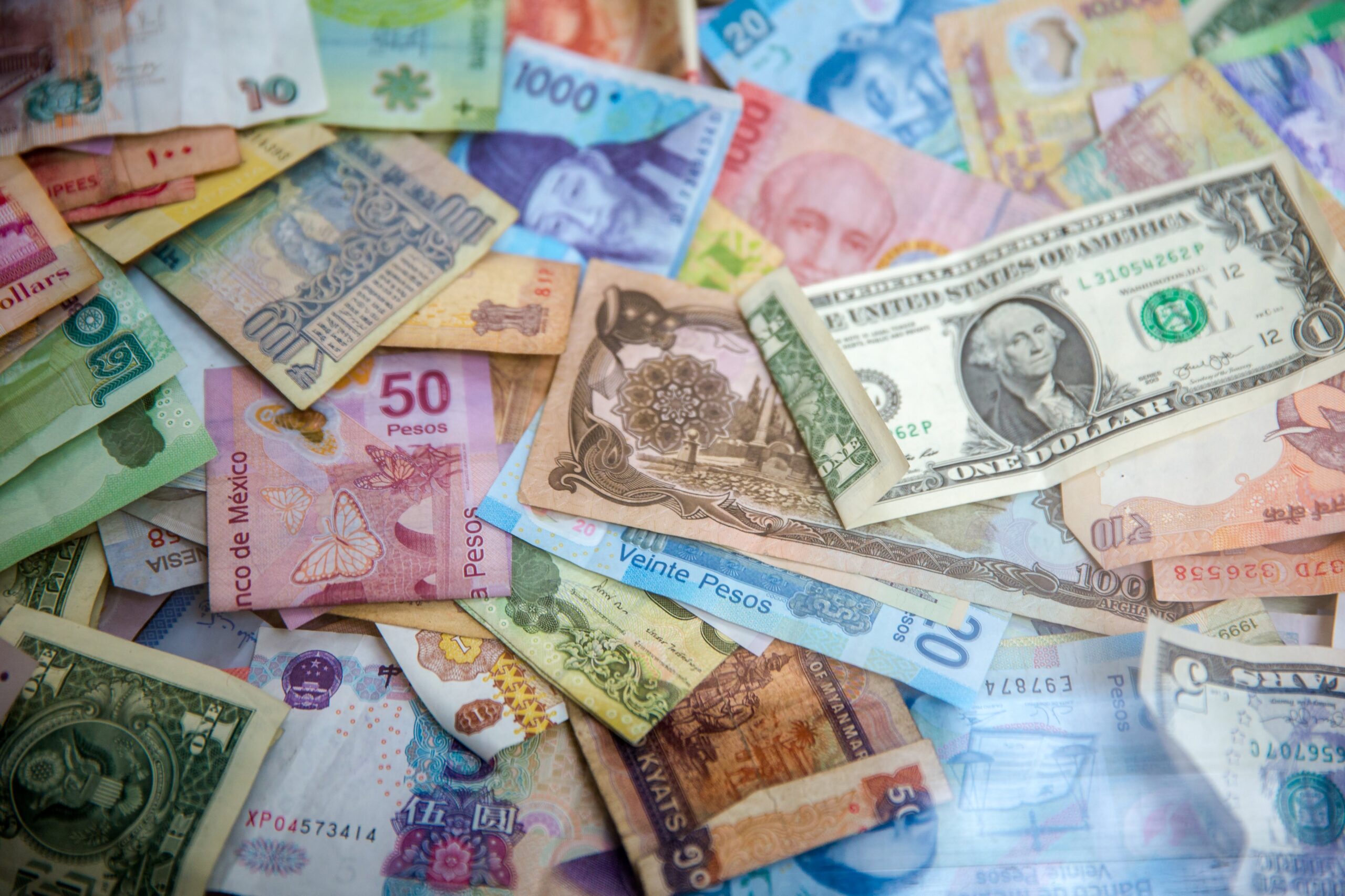When one thinks of Genghis Khan, it’s often his prowess in battle and the vastness of his empire that come to mind. However, beneath the surface of conquest lies a financial innovation that revolutionized the economy of the Mongol Empire and laid the groundwork for modern economic systems: the extensive use of paper currency. This strategic move not only facilitated the ease of trade across vast distances but also serves as an early chapter in the story of how paper currency reshaped personal finance.
The Currency of an Empire: The Introduction of Paper Money
Genghis Khan’s empire stretched across vast terrains, encompassing numerous cultures and economies. Within this sprawling dominion, carrying heavy coins made of precious metals was impractical for traders traveling long distances. Recognizing this, the Mongols introduced paper money as the empire’s standard medium of exchange. Unlike coins, paper money was light, portable, and could represent significant amounts of wealth, simplifying transactions across the Silk Road.
The Tangible Benefits of an Intangible Asset
The move from physical coins to paper represented a monumental shift in thinking about value and trust. Paper currency held no intrinsic value in itself; it was valuable because the Khan’s government decreed it so and the people trusted this declaration. This system worked because of the vast control and stability provided by the empire, akin to the modern concept of fiat money, which relies on government regulation and economic stability.
Modern Parallels: The Shift to Digital Currencies
Today, we stand at a similar crossroads with the advent of electronic transactions and cryptocurrencies. Much like the paper money of the Mongol Empire, digital currencies are not valued for their physical properties but for the trust and utility they provide within an economy. The shift towards a cashless society echoes the same motivations that led to the adoption of paper currency: convenience, safety, and efficiency in trade and personal transactions.
The Trust Factor: Banking on a Promise
The Mongol use of paper currency required an immense amount of trust from the populace — trust in the stability of the government and its ability to back the currency’s value. In contemporary finance, trust remains a cornerstone. Whether it’s the assurance in banks that safeguard our money or the confidence in electronic trading systems, the financial world operates on a foundation of trust.
Impact on Personal Finance: Embracing the Intangible
The Mongolian move to paper money teaches us the importance of embracing new financial technologies and concepts. Just as the merchants of the Silk Road had to adapt to paper currency, modern individuals must learn to navigate electronic banking, online investments, and digital wallets. Managing personal finances now often means managing numbers on a screen — a far cry from the tangible wealth of the past, yet an evolution of the same concept.
Conclusion:
The historical shift to paper currency under Genghis Khan’s rule was a pivotal moment in economic history, mirroring the present-day transition to digital finance. It teaches us that the essence of money lies in its function as a medium of exchange, a store of value, and a unit of account, rather than its physical form. In the vast empire of the Mongols, paper currency facilitated trade and economic growth over great distances. In our rapidly digitizing world, understanding and adapting to new forms of money is crucial for personal finance management. As we continue to trade coins for convenience, the Mongol financial revolution remains a powerful reminder of how innovation shapes economies and personal livelihoods alike.





Leave a Comment